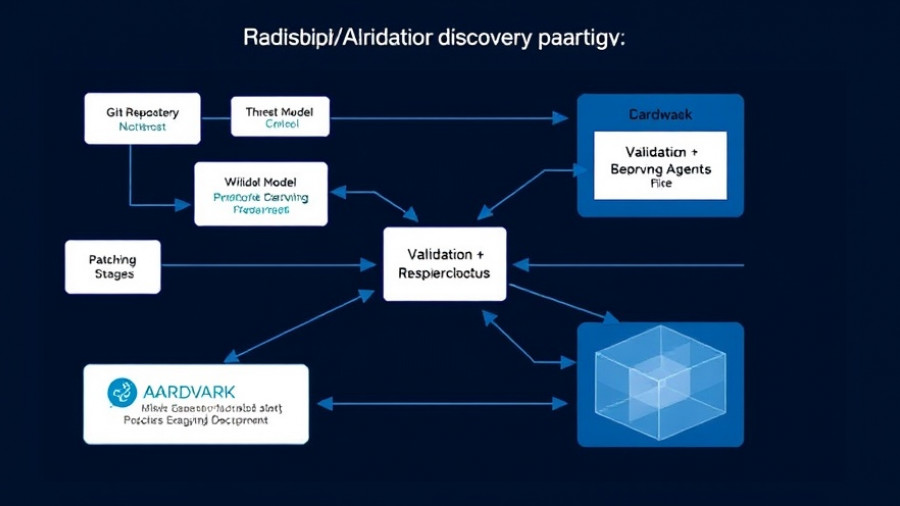
Transforming Eye Care with AI: A Current Perspective
Artificial intelligence (AI) is making strides in the field of ophthalmology, presenting innovative approaches for diagnosing and managing eye diseases. A recent session held during the American Academy of Ophthalmology's annual meeting highlighted the pivotal role that AI plays, specifically emphasizing the importance of reimbursement codes in establishing successful applications in healthcare. The Current Procedural Terminology (CPT) code 92229, which covers autonomous AI diagnostics for diabetic retinopathy, exemplifies this trend, catalyzing the adoption of technology designed to enhance patient care.
Understanding Autonomous vs. Assistive AI
Dr. Michael Abramoff, a pioneering figure in this domain, distinguished between assistive AI, which provides recommendations alongside human judgment, and autonomous AI, which operates independently in making diagnostic decisions. This distinction is crucial as it defines regulatory pathways and reimbursement dynamics. As autonomous systems like the one developed by Digital Diagnostics gain traction, there is hope for more streamlined care, especially in areas where access to eye specialists is limited.
The Future of AI: Agentic AI and Its Implications
Looking ahead, Dr. Pearse Keane introduced the concept of 'agentic AI' — systems that are capable of decision-making without explicit instructions. This development signals a transformative shift in how AI can assist healthcare providers. The prospect of AI that autonomously decides the best diagnostic or treatment options raises questions about responsibility and the role of healthcare professionals, yet it promises to alleviate burdens on human practitioners and enhance patient outcomes.
Reimbursement Matters: Ensuring Financial Sustainability
AI's integration into clinical settings hinges significantly on financial considerations. Increased reimbursement rates for procedures using AI, particularly in the management of diabetes-related eye conditions, indicate a favorable trajectory for technology adoption. As Dr. Abramoff noted, strong evidence demonstrating improved patient outcomes supports higher reimbursement, making it for AI applications more appealing to healthcare providers and insurers alike.
Addressing the Need for Training and Support
One of the underlying challenges highlighted during this session pertains to the need for educating healthcare providers on the effective use of AI technologies. This knowledge gap could hinder AI's potential impact. The successful implementation of AI agents depends not only on technological advancements but also on the readiness of the healthcare workforce to adapt and leverage these innovations effectively.
The integration of AI in ophthalmology is a testament to the transformative potential of technology. As we embrace these advancements, the path forward must prioritize both innovation and comprehensive support for practitioners. By recognizing the importance of financial models and training initiatives, we can truly capitalize on AI's promise and reshape the future of eye care.
 Add Row
Add Row  Add
Add 




Write A Comment